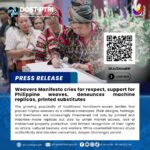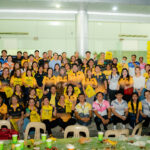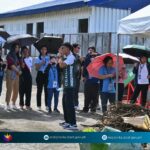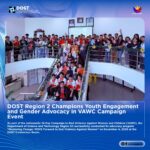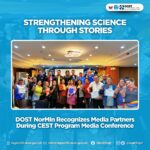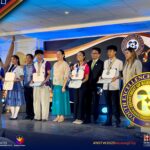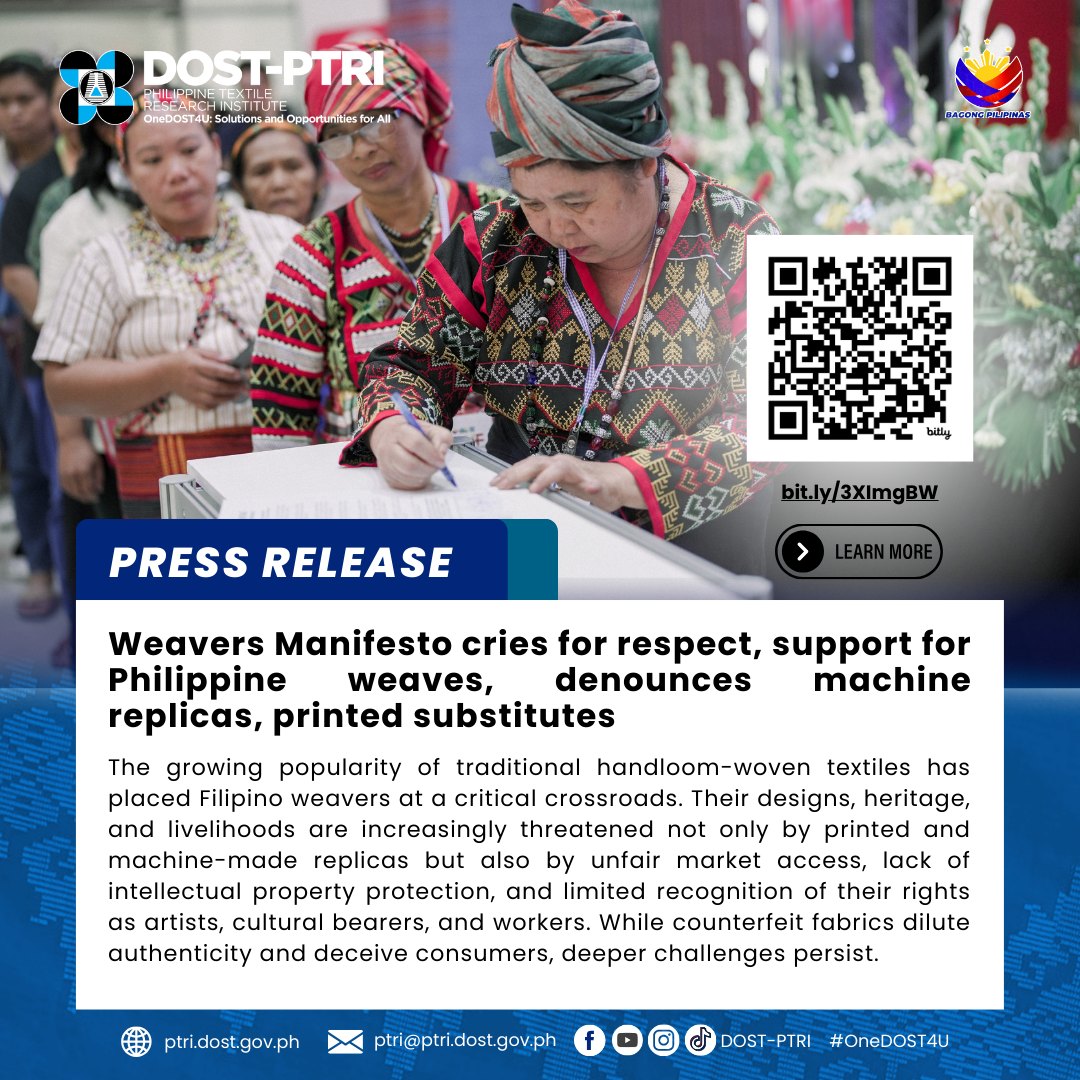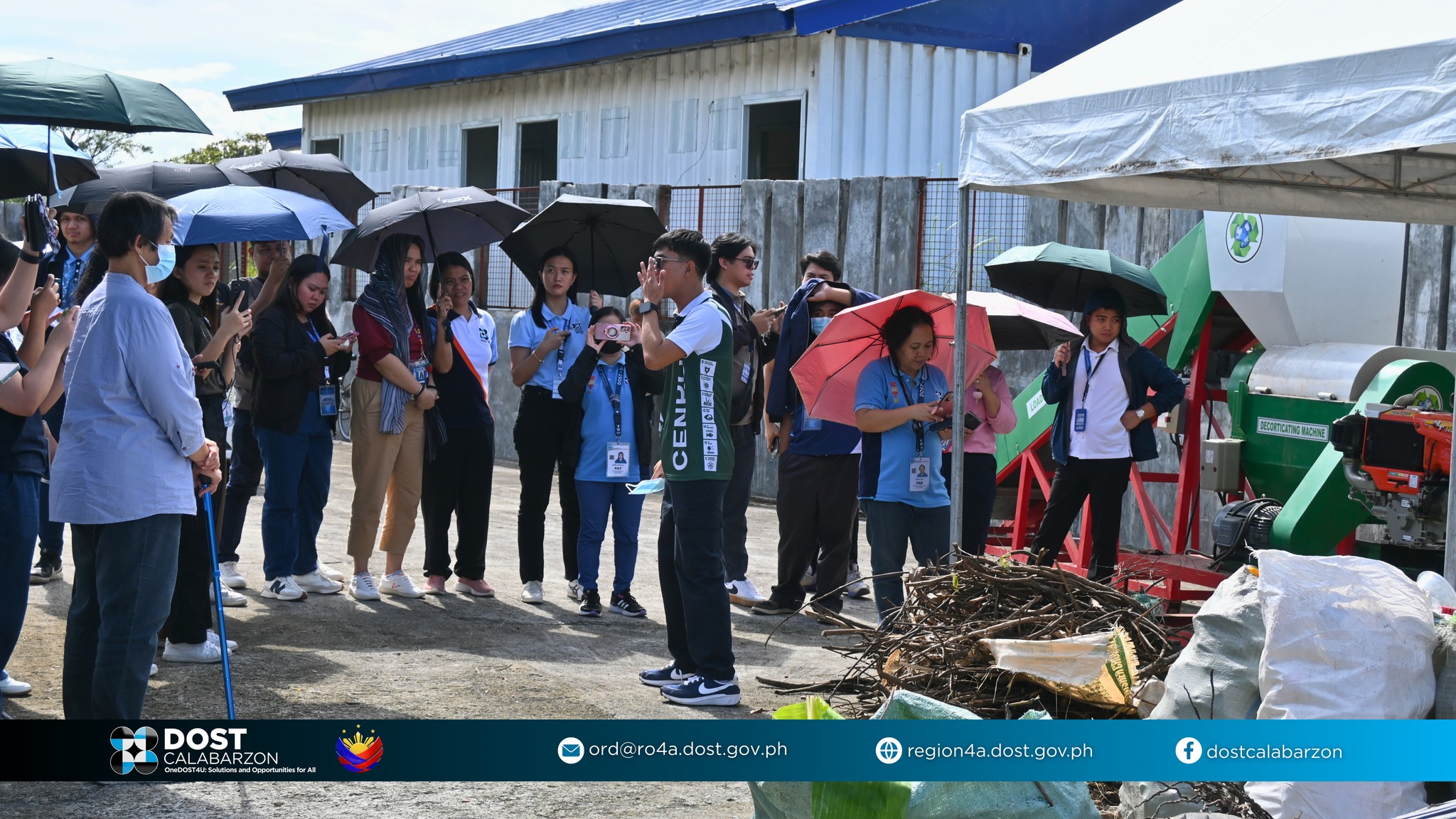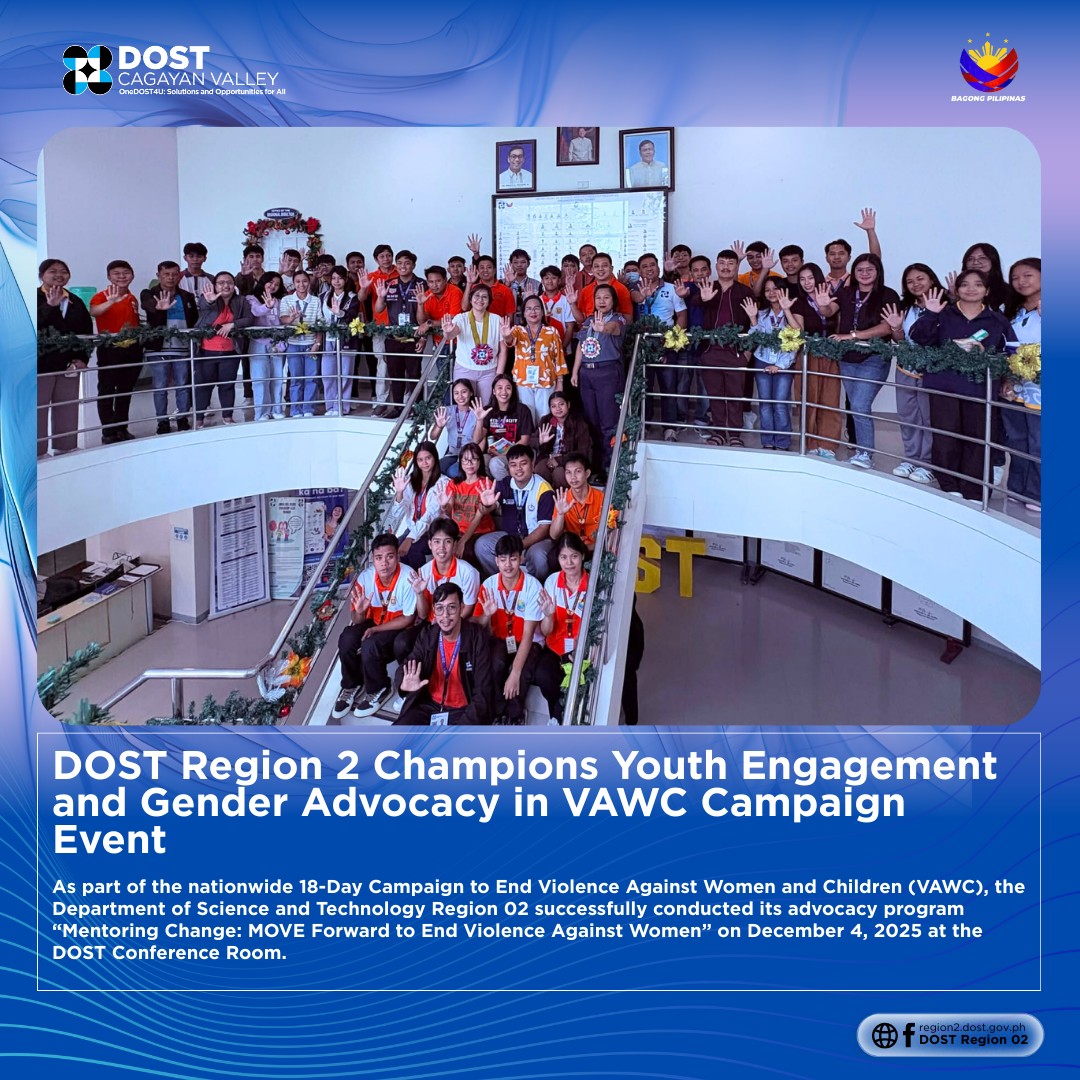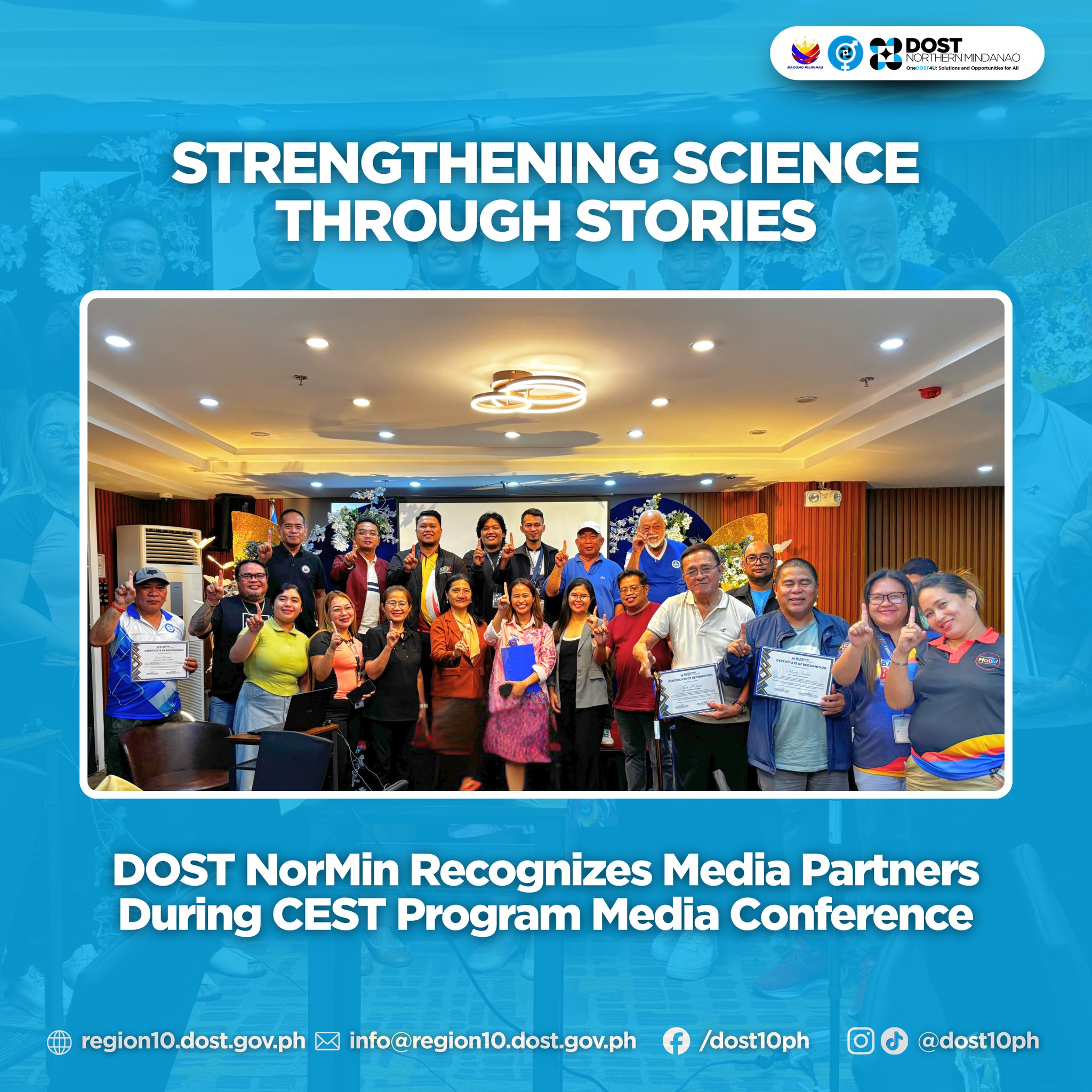DOST-ITDI’s new technology, SAFEWATRS Emergency Disinfection System of Drinking Water, was featured in the 25th episode of the weekly radio program of the Department of Science and Technology Region 1 (DOST-1) and DZAG Radyo Pilipinas Agoo on August 31, 2023. (Photo from DOST-1 Facebook page)
Water is life. As essential as breathing, water is a very important resource to sustain life and communities, as well as to power industries and economic activities.
With this in mind, the Department of Science and Technology-Industrial Technology Development Institute (DOST-ITDI) unveils a groundbreaking technology to solve the shortage of safe drinking water during calamities and emergencies such as typhoons, flooding, and earthquakes, as well as in remote areas where water supply is disrupted.
SAFEWTRS: Emergency Disinfection System of Drinking Water is a manually controlled, compact, and mobile water treatment system powered by solar energy that can produce up to 2,000 liters of potable water in nine hours.
Introduced by Engr. Reynaldo L. Esguerra, Chief Science Research Specialist at DOST-ITDI Environmental and Biotechnology Division, the system is no different from other filtration and disinfection systems that are effective in removing chemicals and metals from water, making the post-processed water safe for public consumption. This technology can process saltwater, rainwater, spring waters, and turbid waters from lakes, producing water that conforms to the mandatory parameters prescribed in the Philippine National Standards for Drinking Water (PNSDW of 2017).
Therefore, the quality of drinking water must always follow the highest standards, thus performance testing conducted using Laguna Lake water yielded positive results and was given an excellent rating following the PNSDW of 2017.
This innovation was developed not for the agency to earn from it but to help communities lacking drinking water resources and ensuring enhancement of human well-being, which is one of the four DOST strategies.
SAFEWATRS has been installed in several areas in Luzon, particularly Bagong Silangan in Quezon City, Agoncillo town in Batangas, Sto. Domingo in Ilocos Sur; and San Clemente in Tarlac. Ilocos Region is currently on the list of recipients of this technology through the efforts of the Department of Science and Technology Region I. (DOST-STII)


